"We're doing what?!"
That might not be what I said out loud, but it certainly was what I was thinking.
We'd spent the day driving from LA to Sequoia National Park—and I was already battling altitude sickness just from the little walk to the General Sherman giant sequoia tree.
But it wasn't my trip—I wasn't in charge of the schedule, which is how I wanted it—so I had no choice.
We were going to climb Moro Rock to watch the sunset.
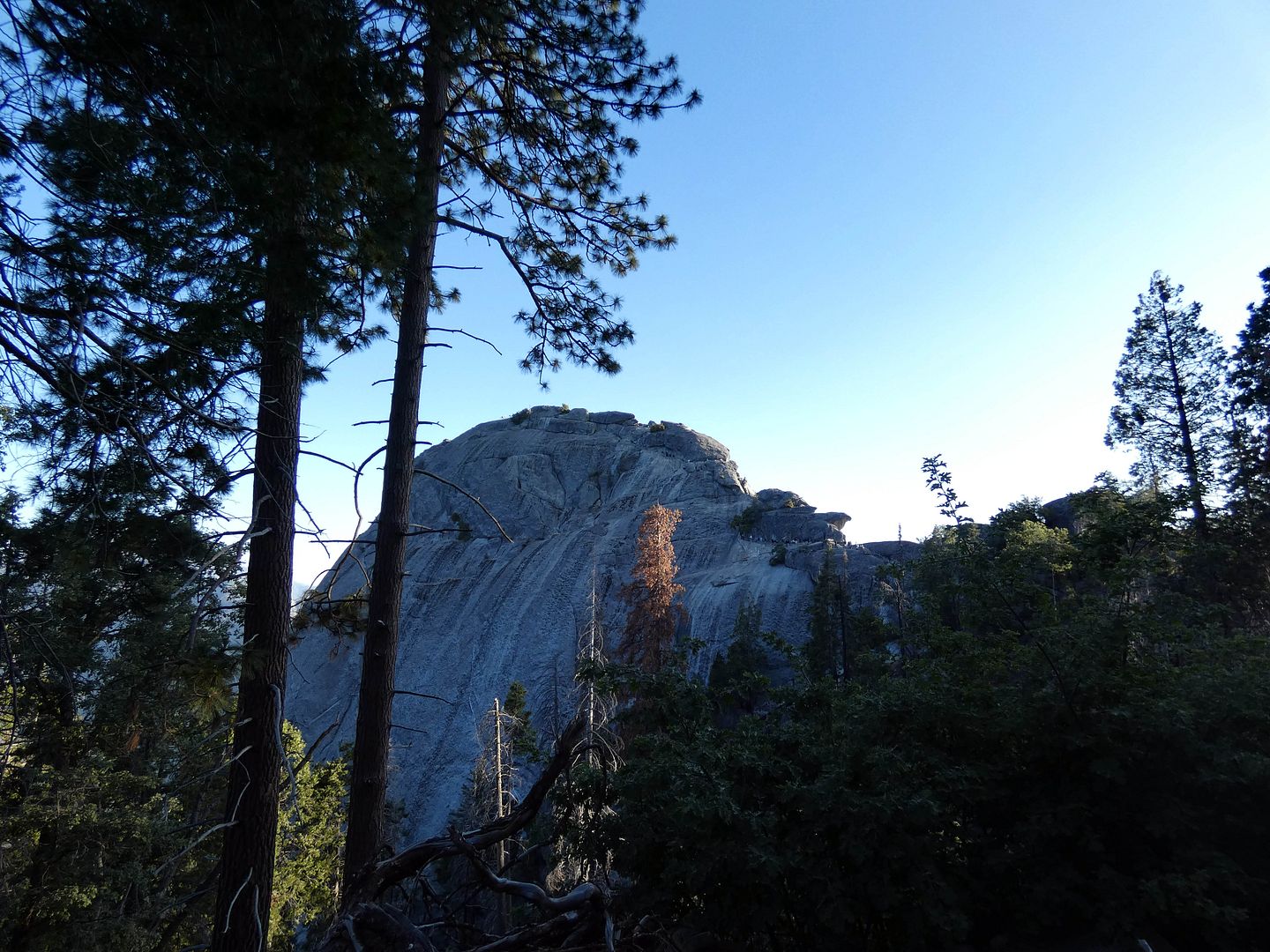
Not to be confused with Morro Rock near San Luis Obispo, Moro Rock in Central California's Sequoia park is a dome-shaped granite rock formation that's more for hikers than rock climbers.
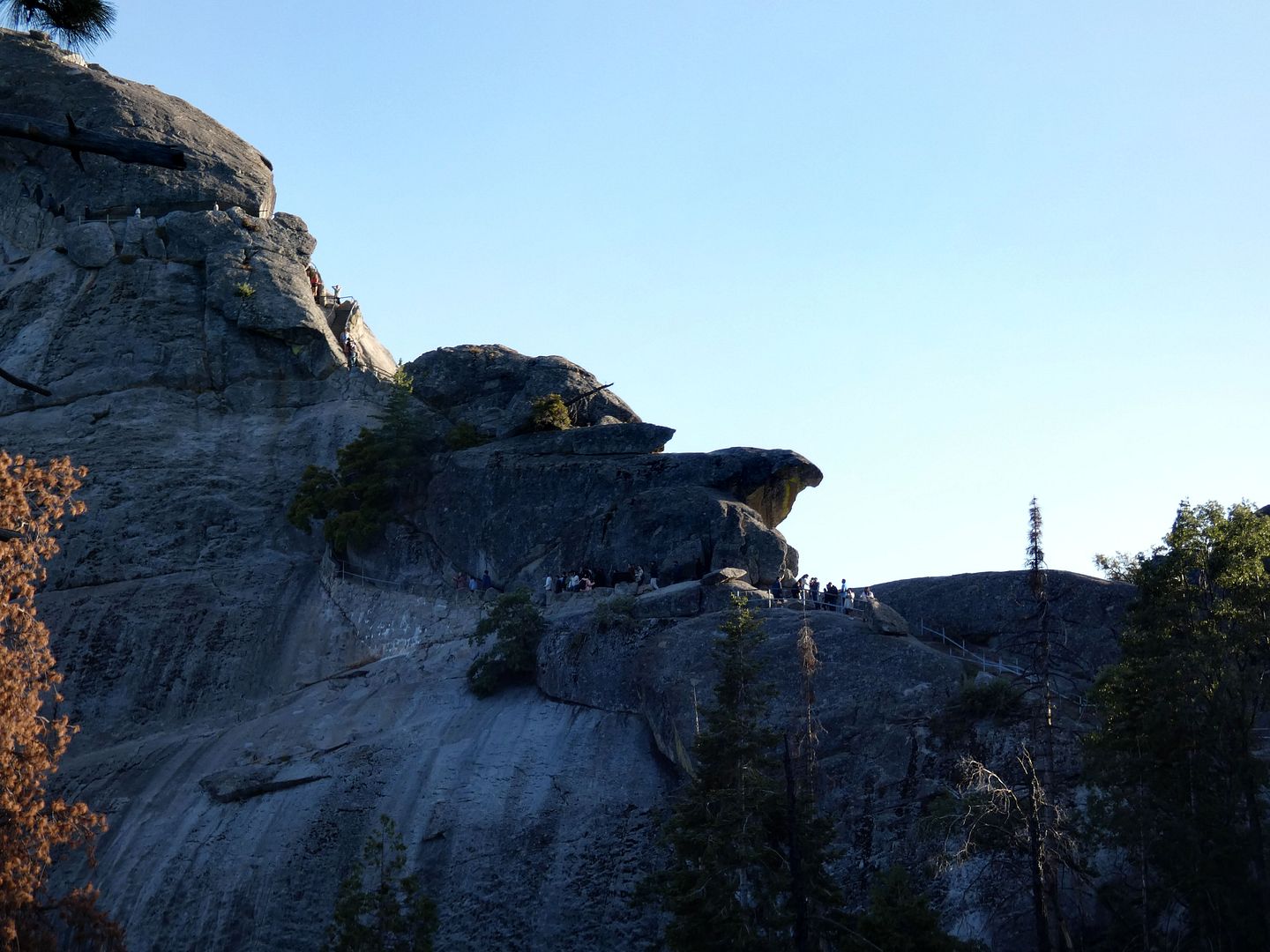
That's thanks to the walkways and stairs that the Civilian Conservation Corps carved into it in 1931, replacing a circa 1917 wooden stairway.
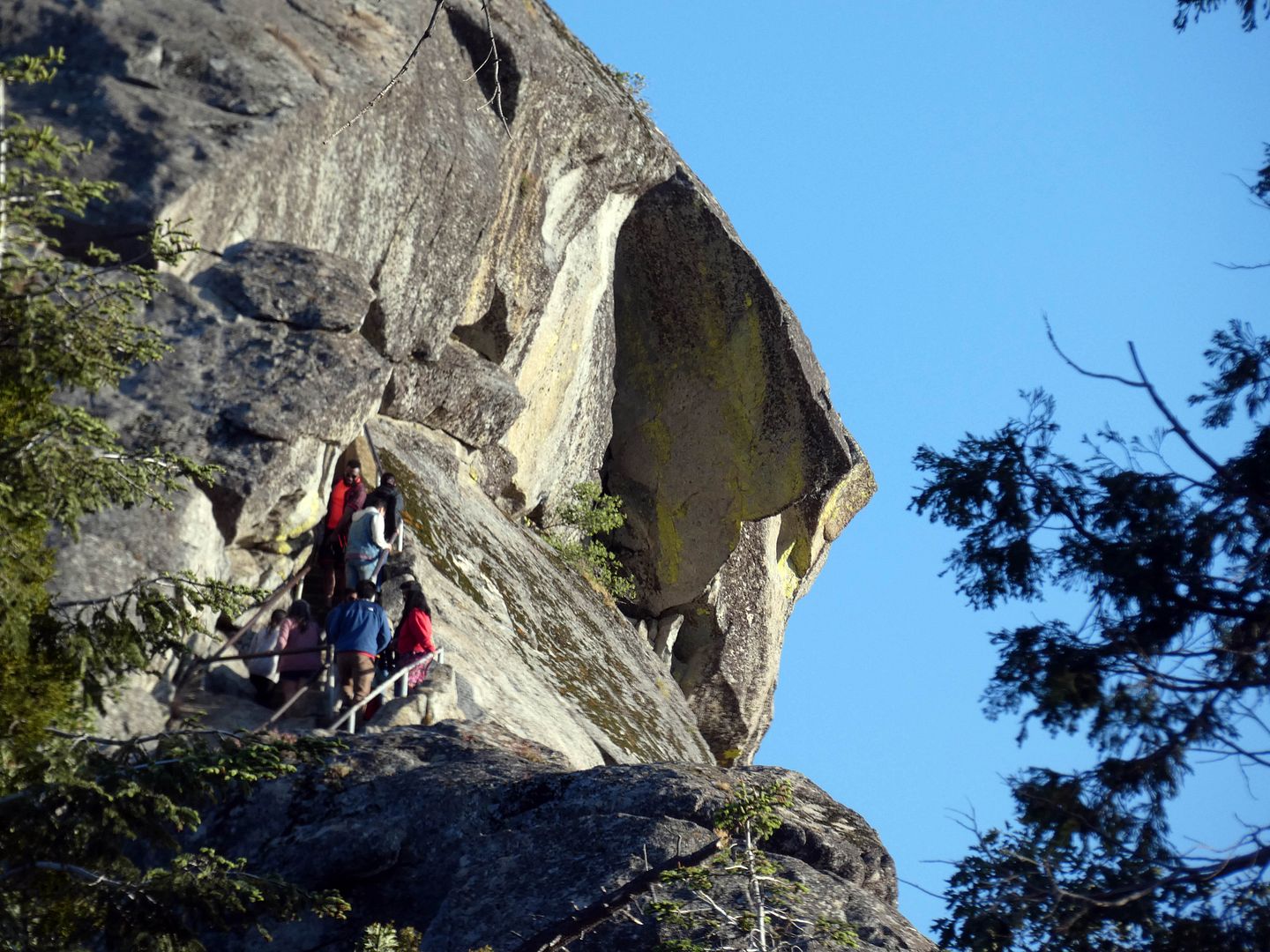
National Park Service landscape architect Merel S. Sager and engineer John Diehl designed the path to follow the natural ledges and crevices of the granite monolith—making it look harrowing even from below.
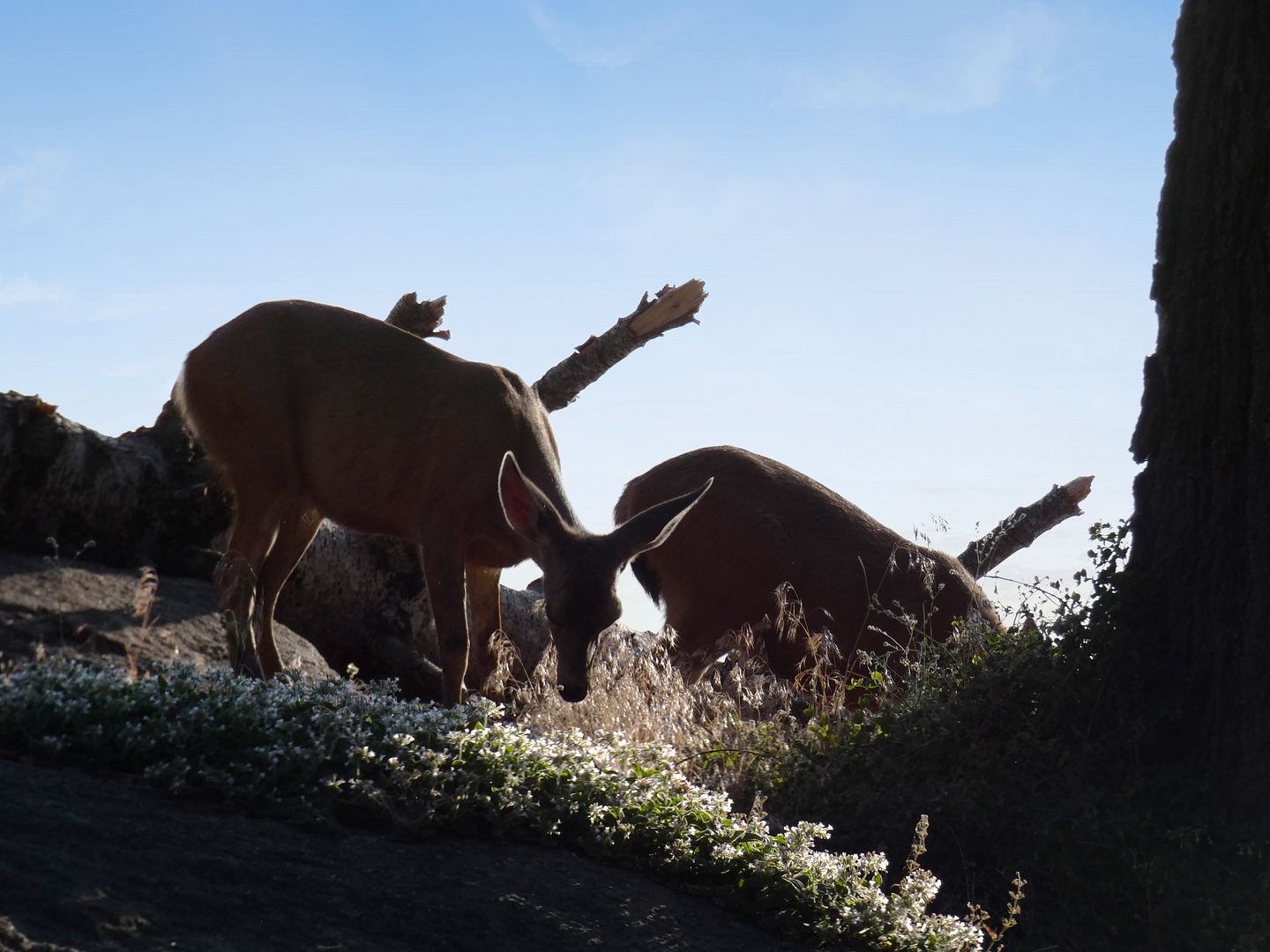
I gave myself the grace to take my time and see how much I could do, without any pressure of actually getting to the top. But daylight was already fading, and the rest of my group had already set off, so I couldn't dawdle for too long at the bottom.
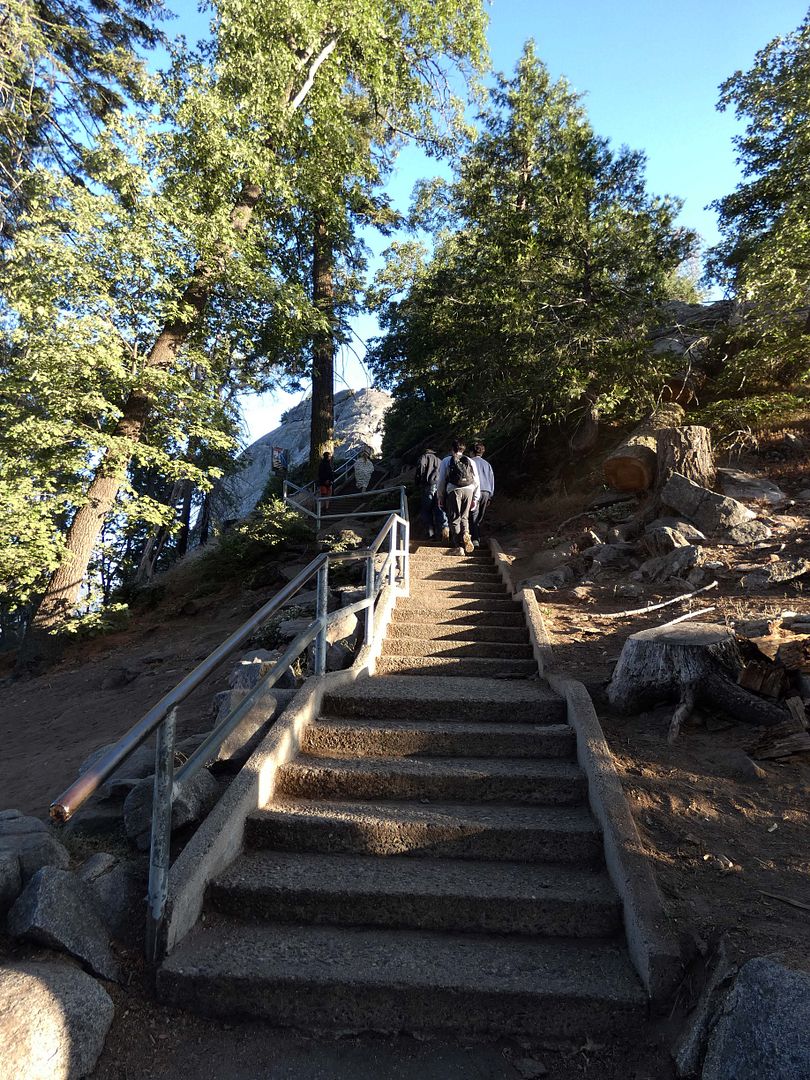
There are 350 steps total to climb—and it starts out gently enough, with signs warning hikers of the danger of lightning strikes during thunderstorms.
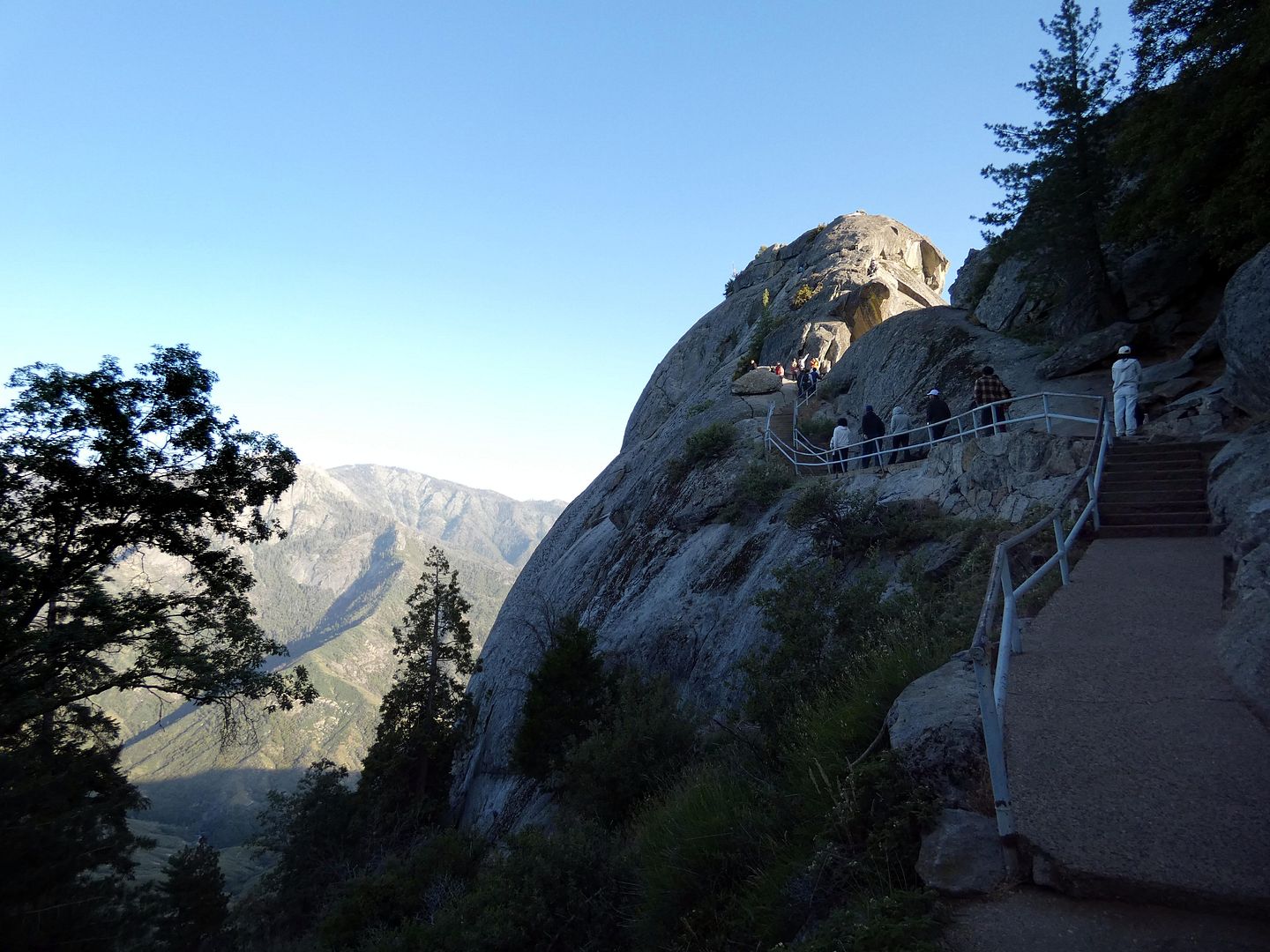
The whole trail to the top is only about a quarter of a mile long—but it's a steep, strenuous climb that takes an estimated 30 minutes to two hours.
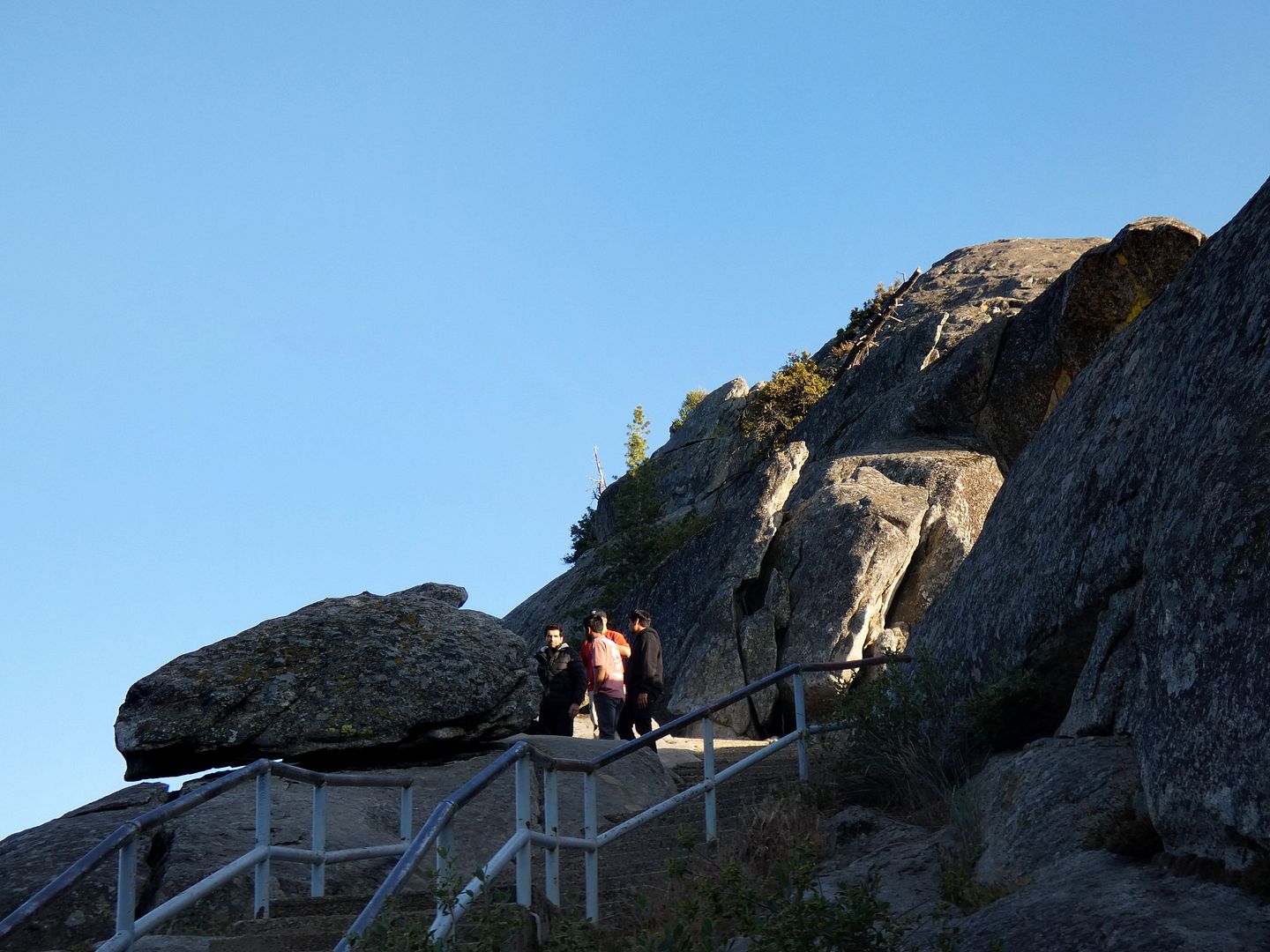
The late hour in the day meant that I didn't have to battle the heat or sun, which worked to my advantage.
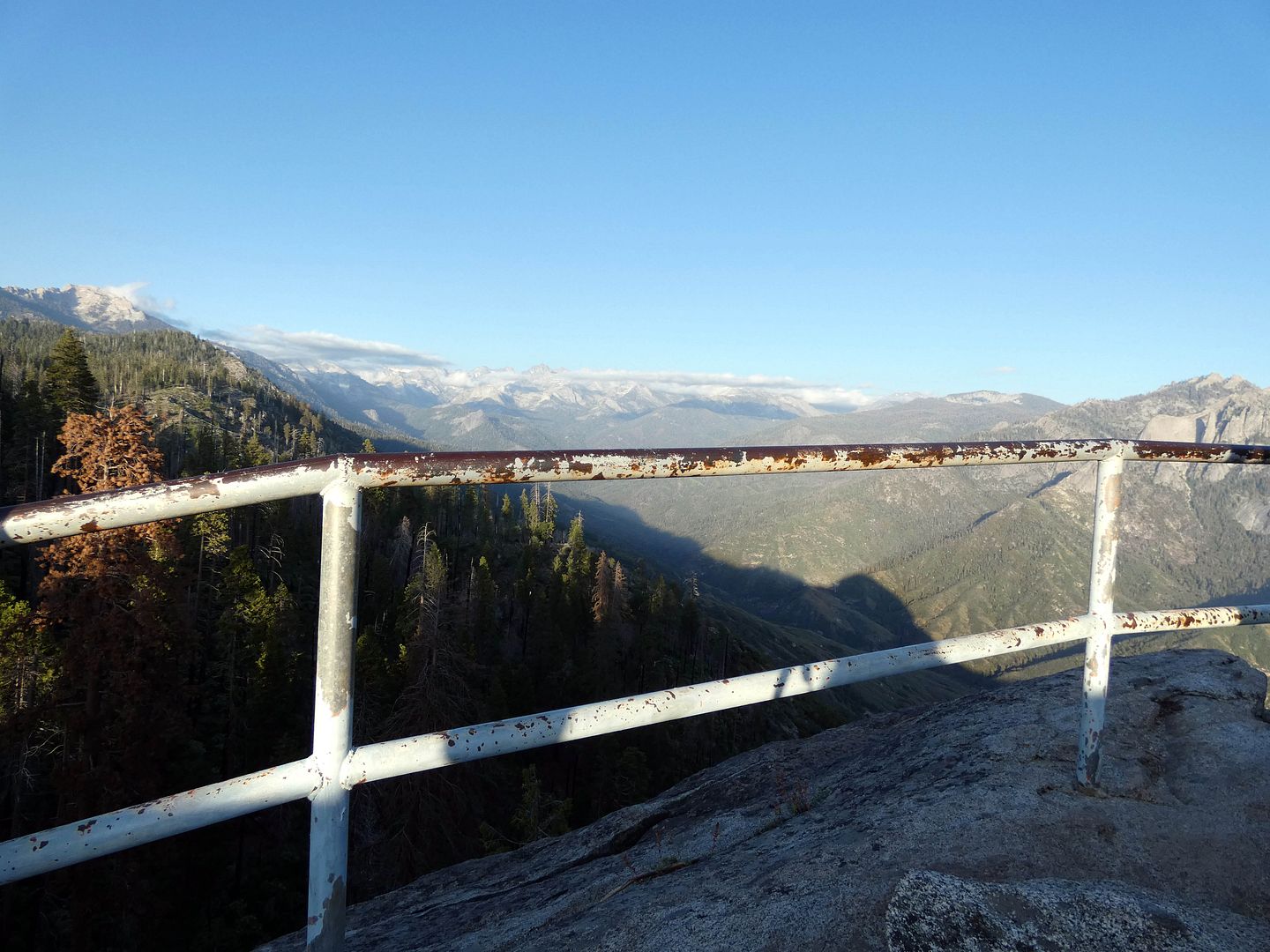
But I wasn't just worried about my physical fitness. There was also the matter of my fear of heights. And there wasn't always a railing to hold onto.
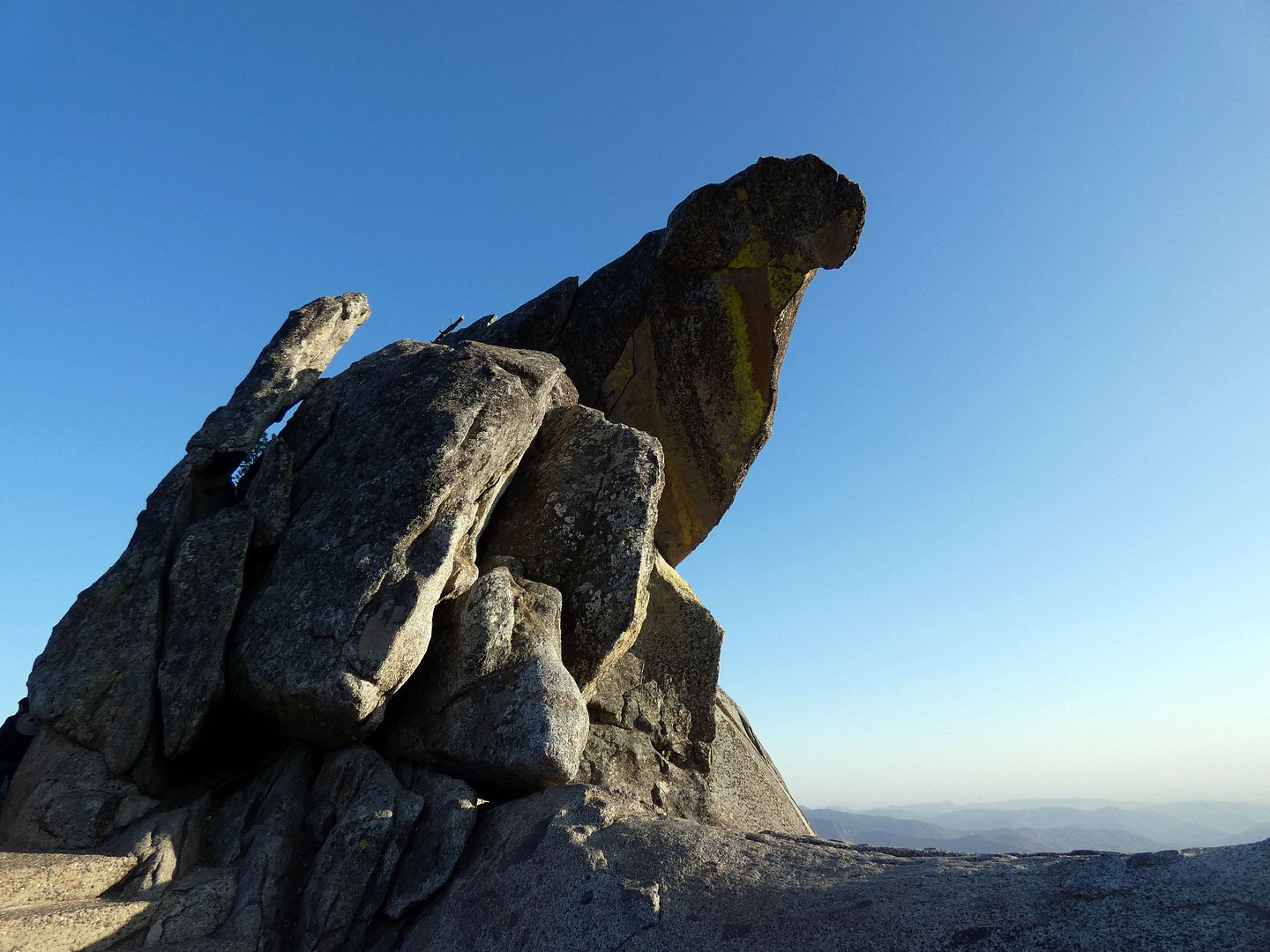
I took my sweet time getting higher and higher—letting faster and more confident hikers pass me, even when the trail wasn't wide enough for one person.
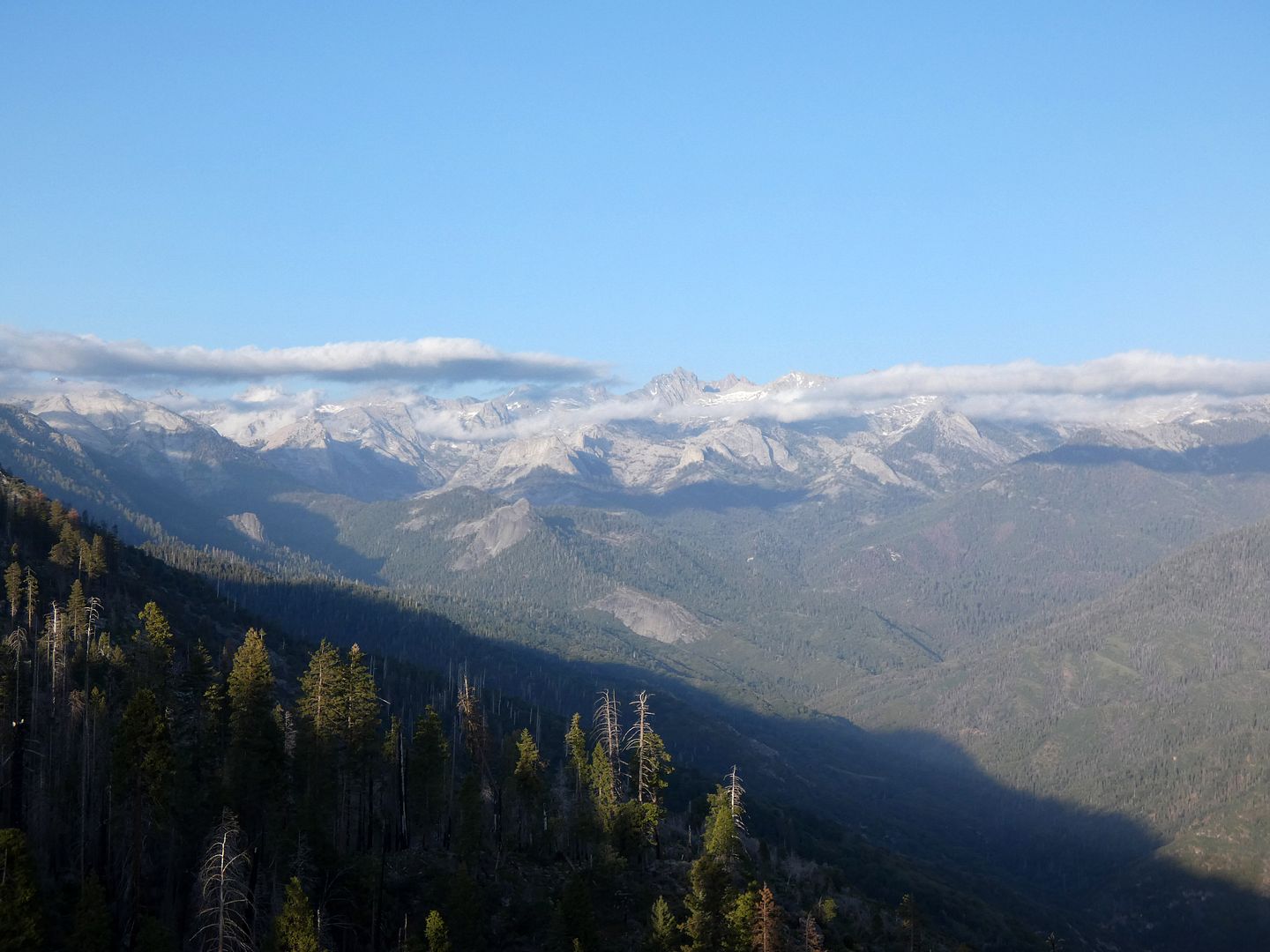
Whenever I took a rest and a hiker passed me on their way down, they'd assure me that getting to the top would be worth it. But the view just on the way up—the crest of the Sierra Nevada known as the "Great Western Divide"—helped me power through every difficulty I had along the way.
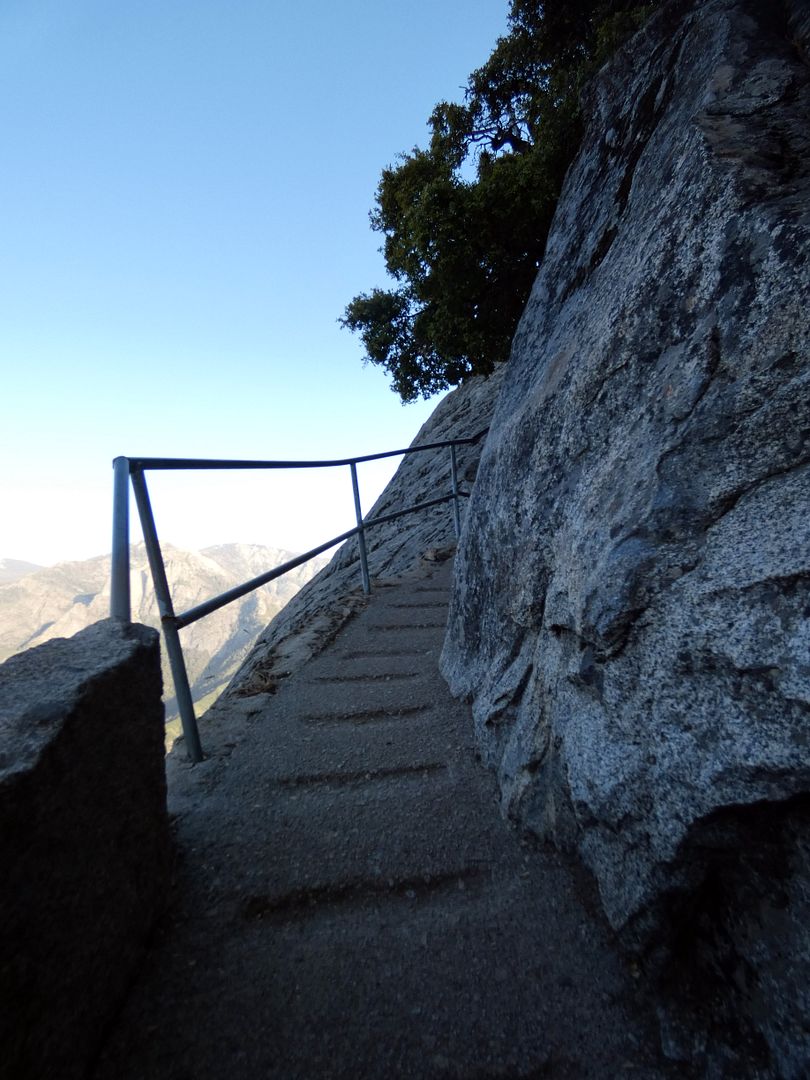
At times, the stairs disappeared, leaving only a scored concrete slope hugging the curves of the granite dome.

And then the climb became vertical, obscuring nearly everyone above me—and the peak itself—from view.
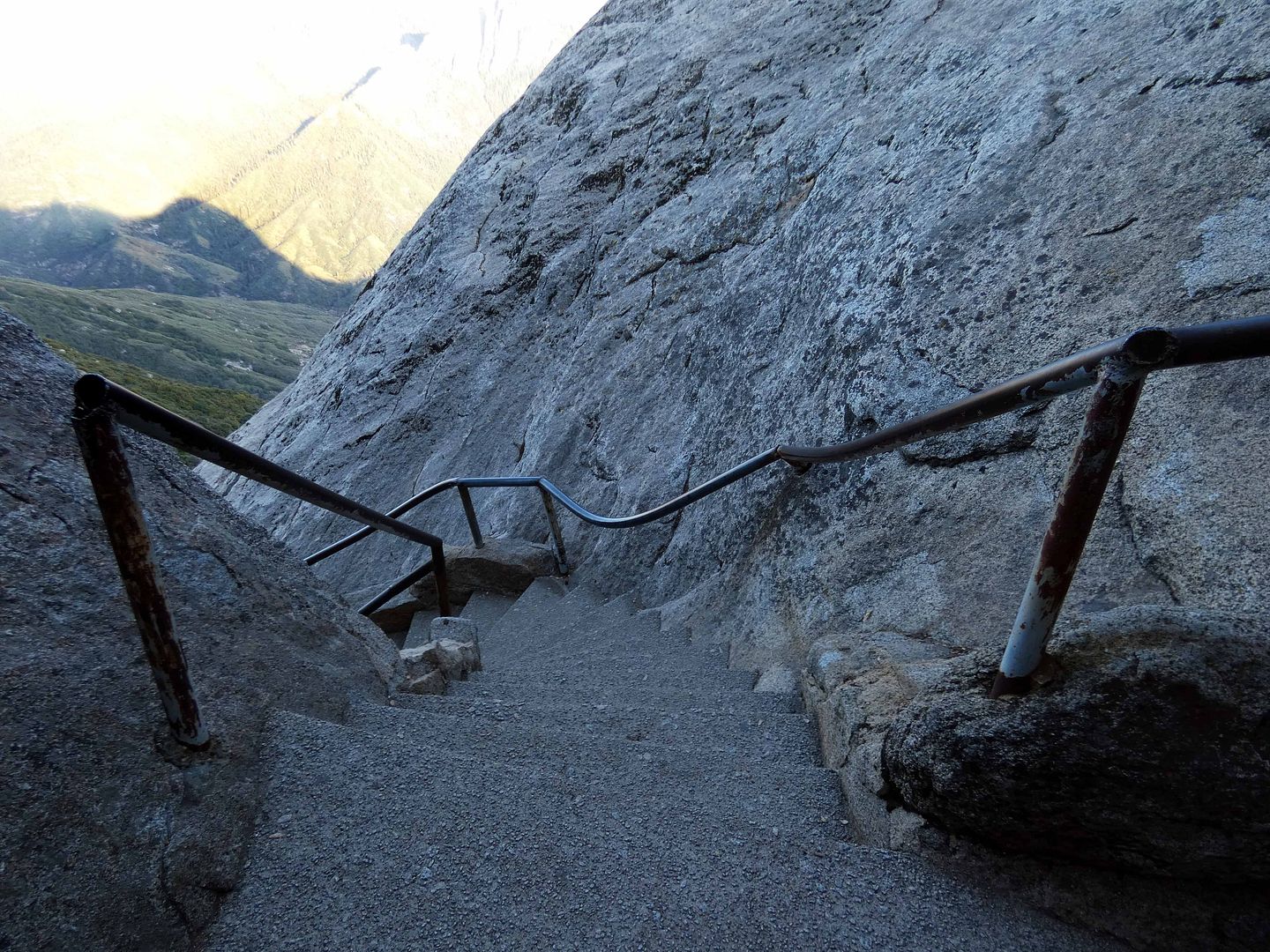
I forgot not to look down.
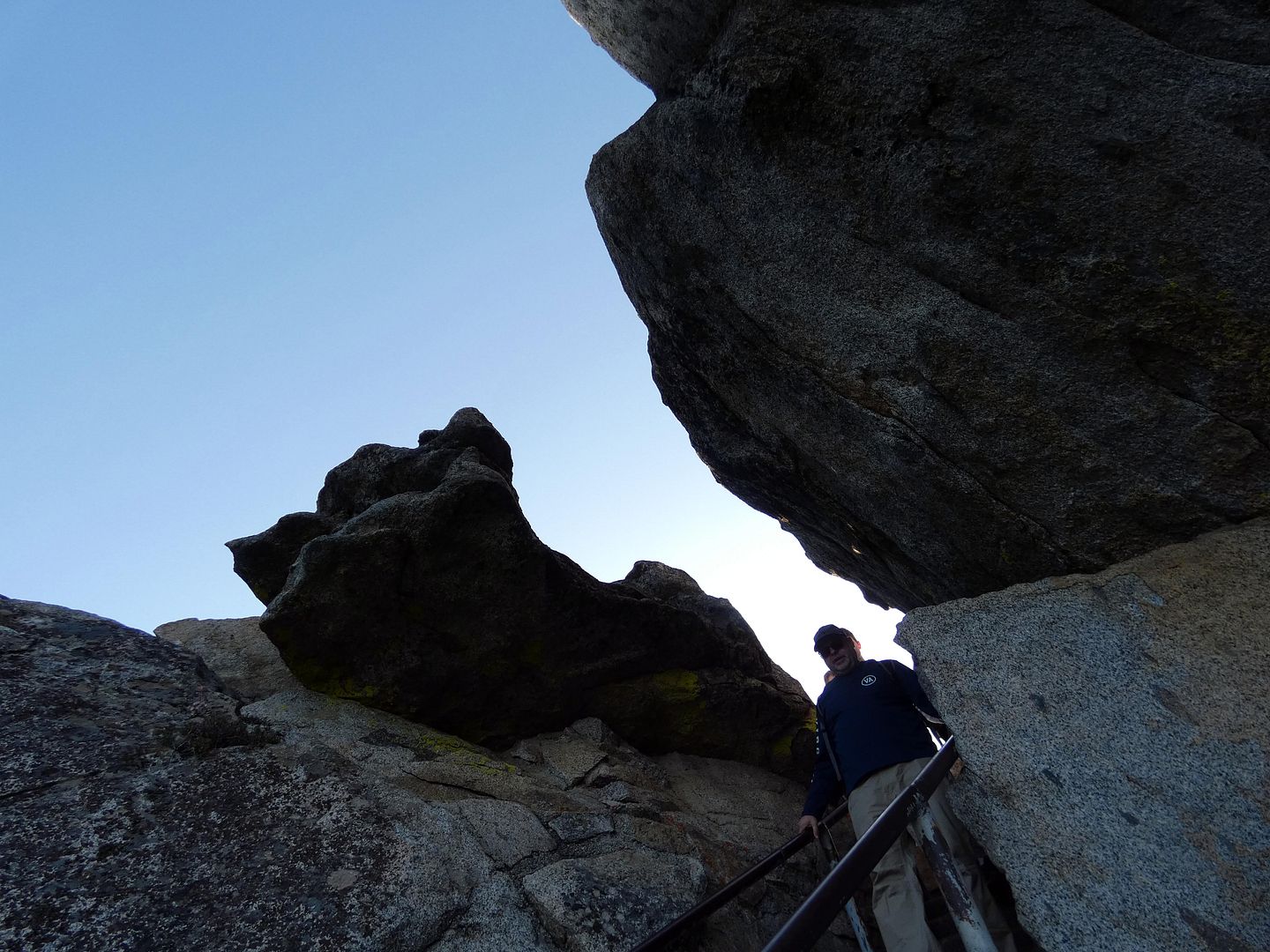
I knew that at any point, I had the option of stopping and turning back around. I had no one to answer to but myself.
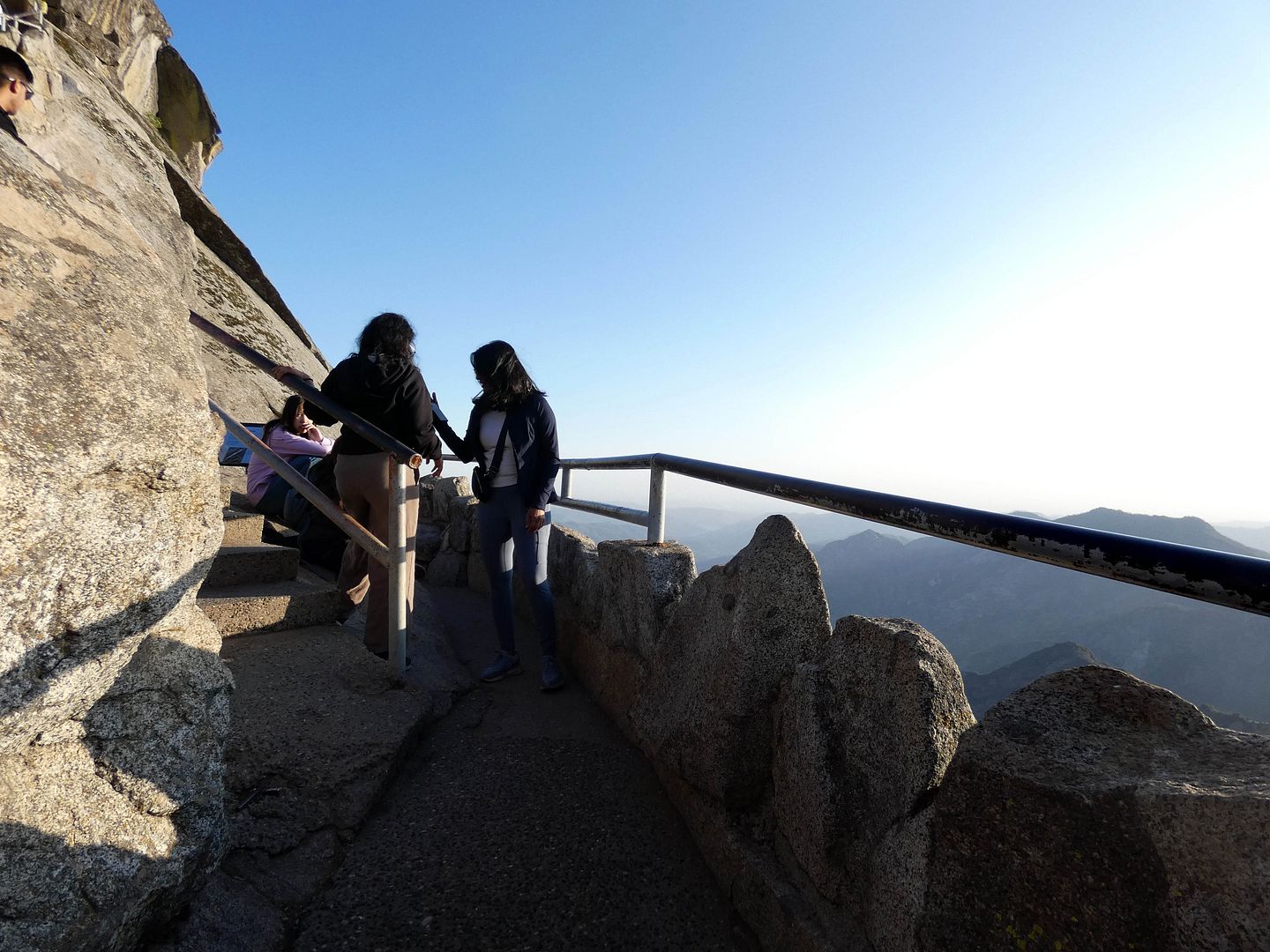
And I hadn't even been sure I could make it any distance up the rock at all.
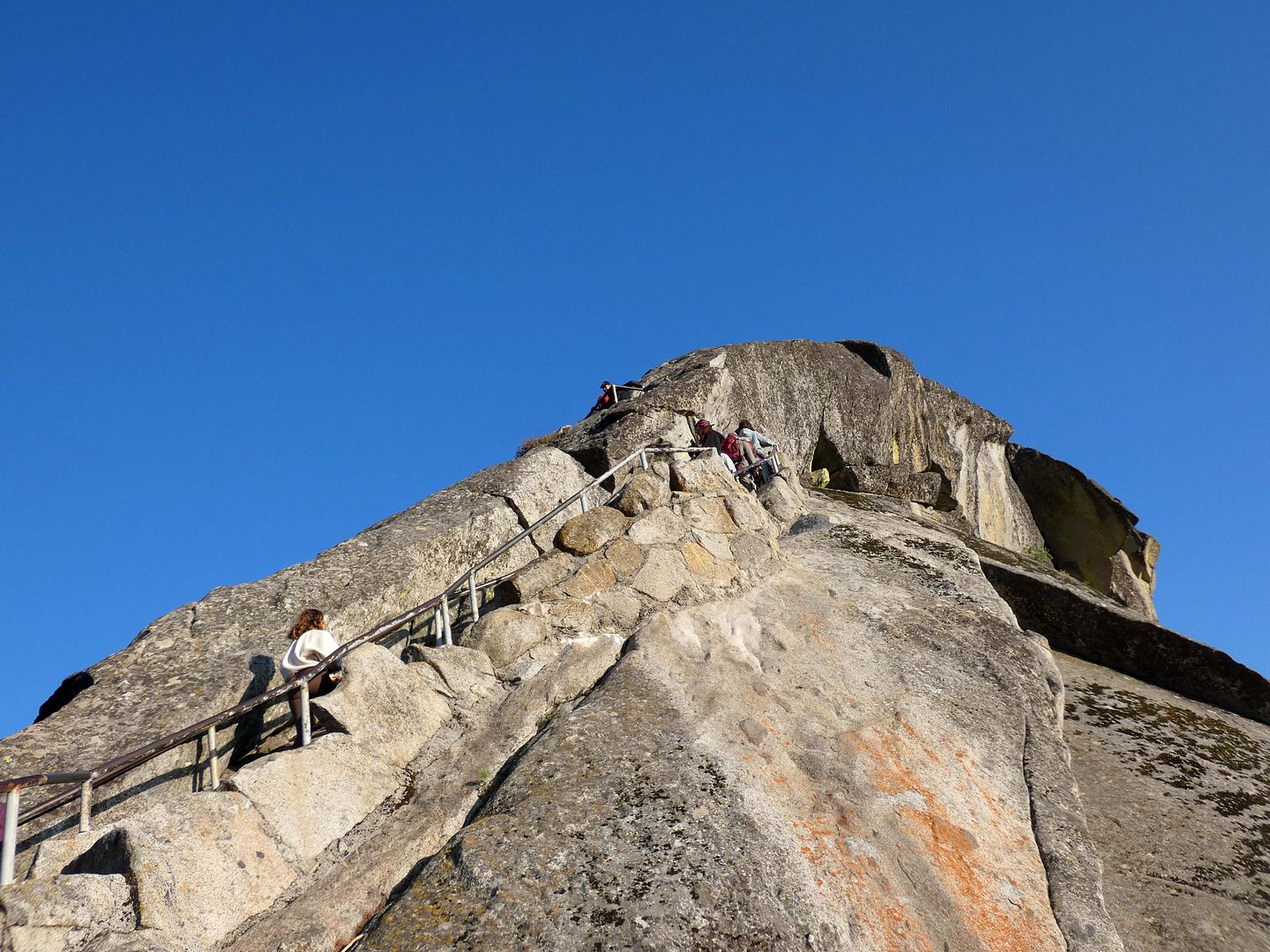
But when I could, I took full advantage of some sitting-spots, commiserating with other struggling hikers (like the woman from Florida who was only accustomed to flat-state recreation).
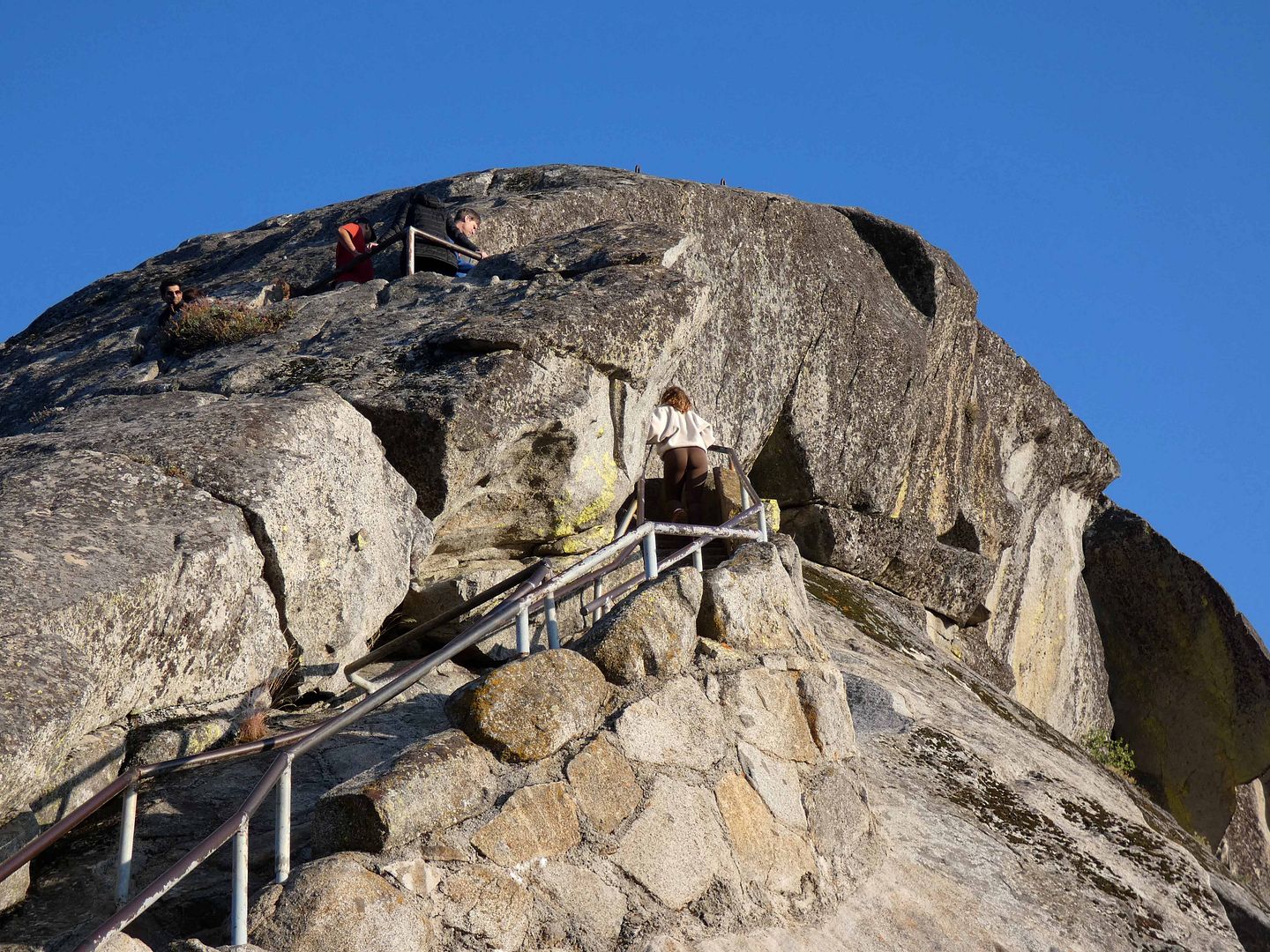
"I can't believe people do this," I kept thinking. What on earth prompted anyone to ascend a rock like this in the first place, without aid of railings or stairs? (The first non-native people on record to do so were miner/homesteader Hale Tharp and his brothers-in-law John Swanson and George Swanson in 1861.)
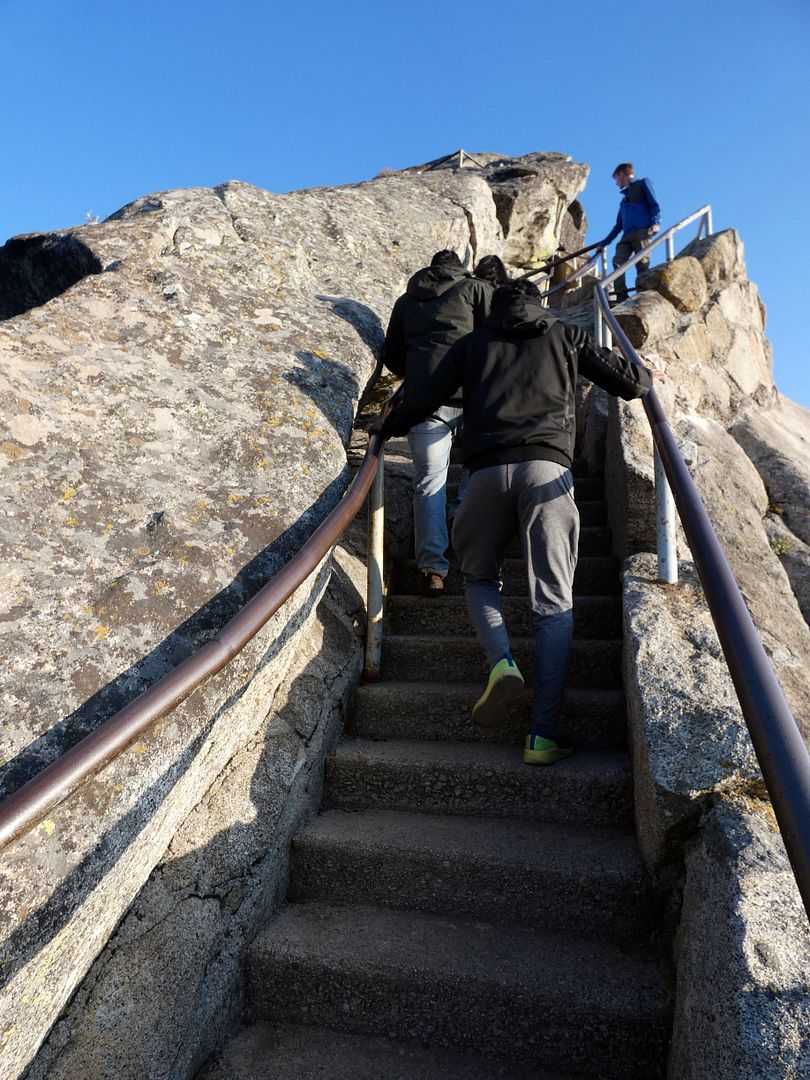
Maybe it was the pure challenge of it all.
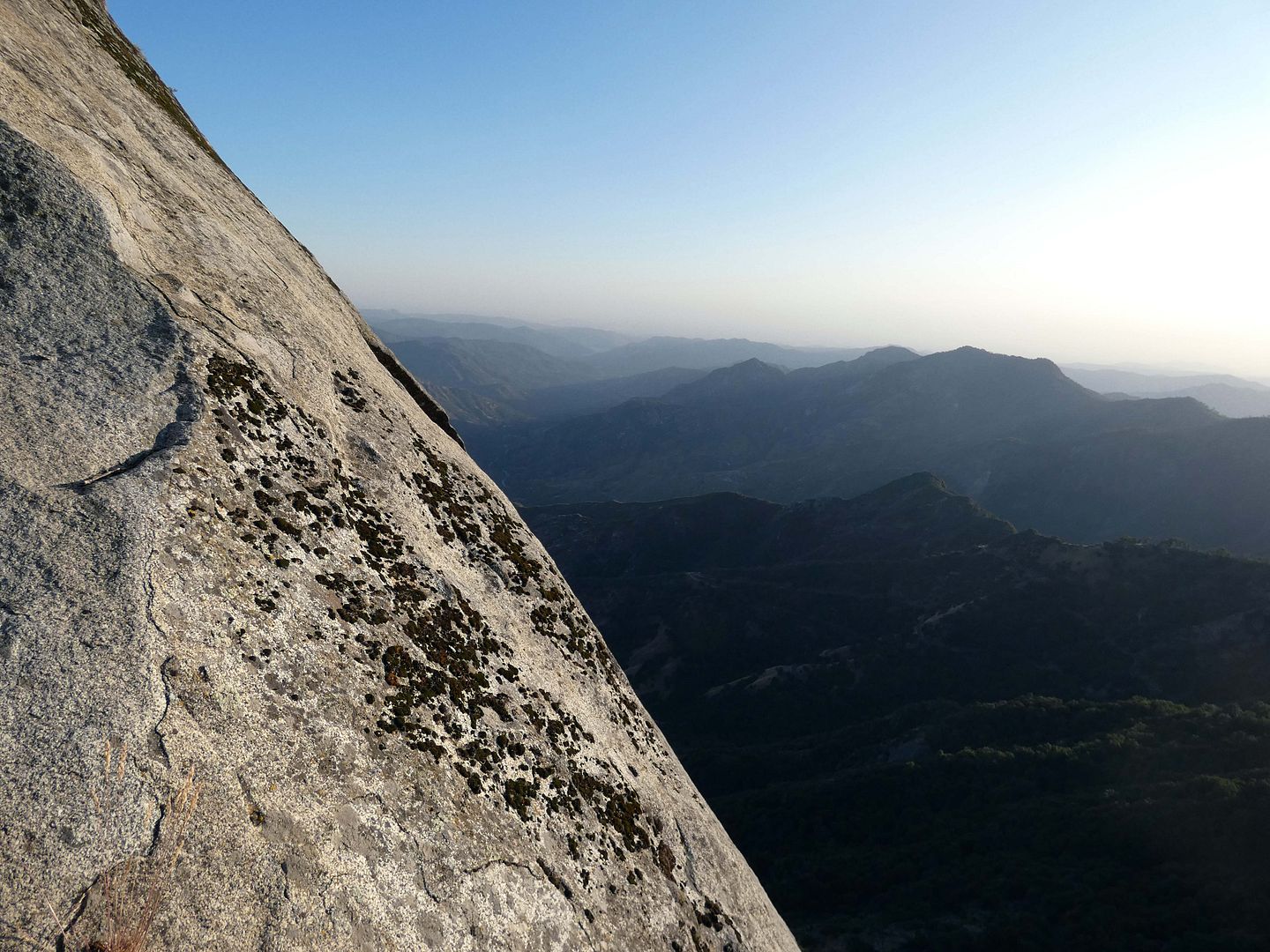
Maybe it was to look down and see how far they'd come.
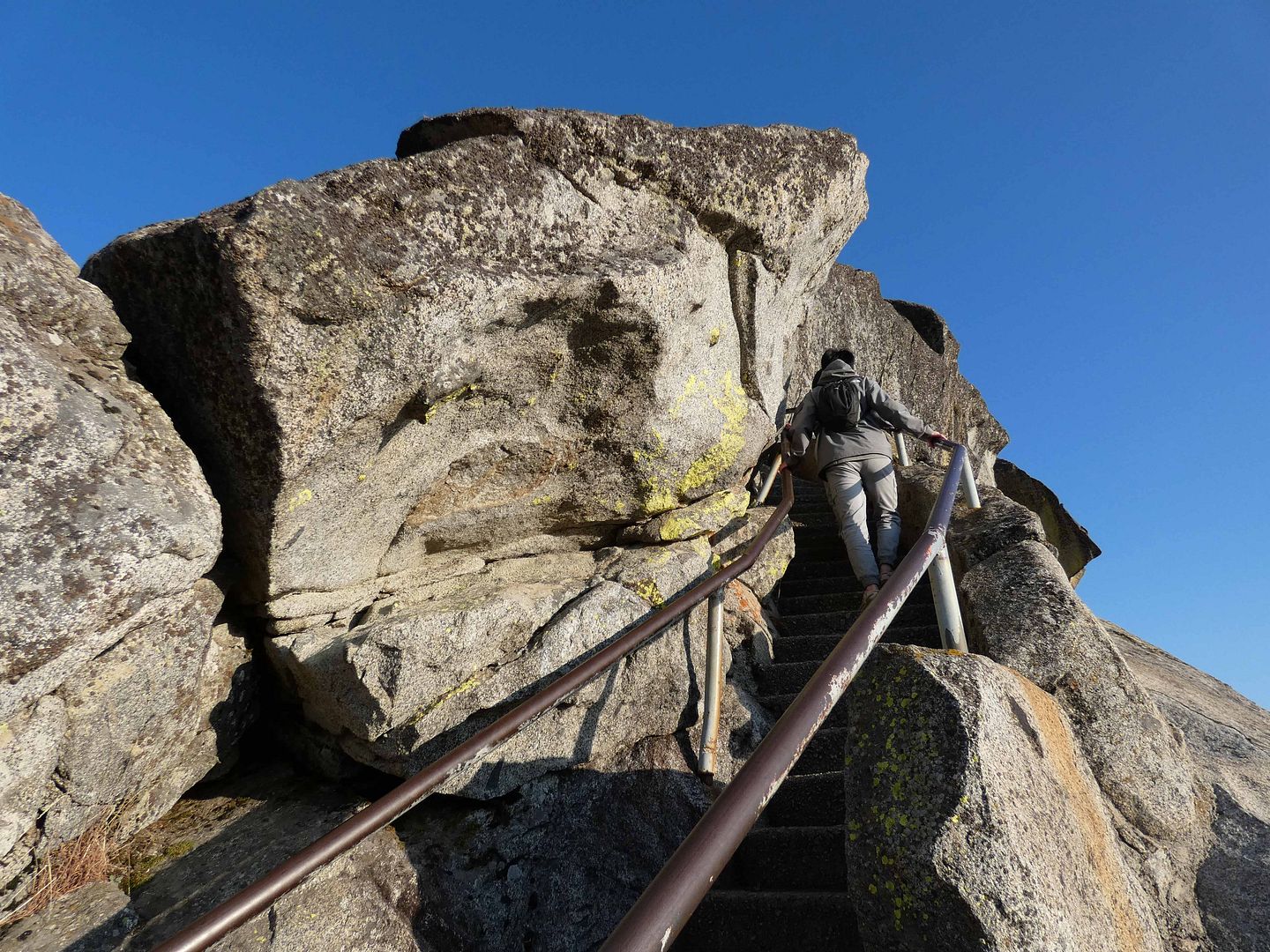
Perhaps it was madness.
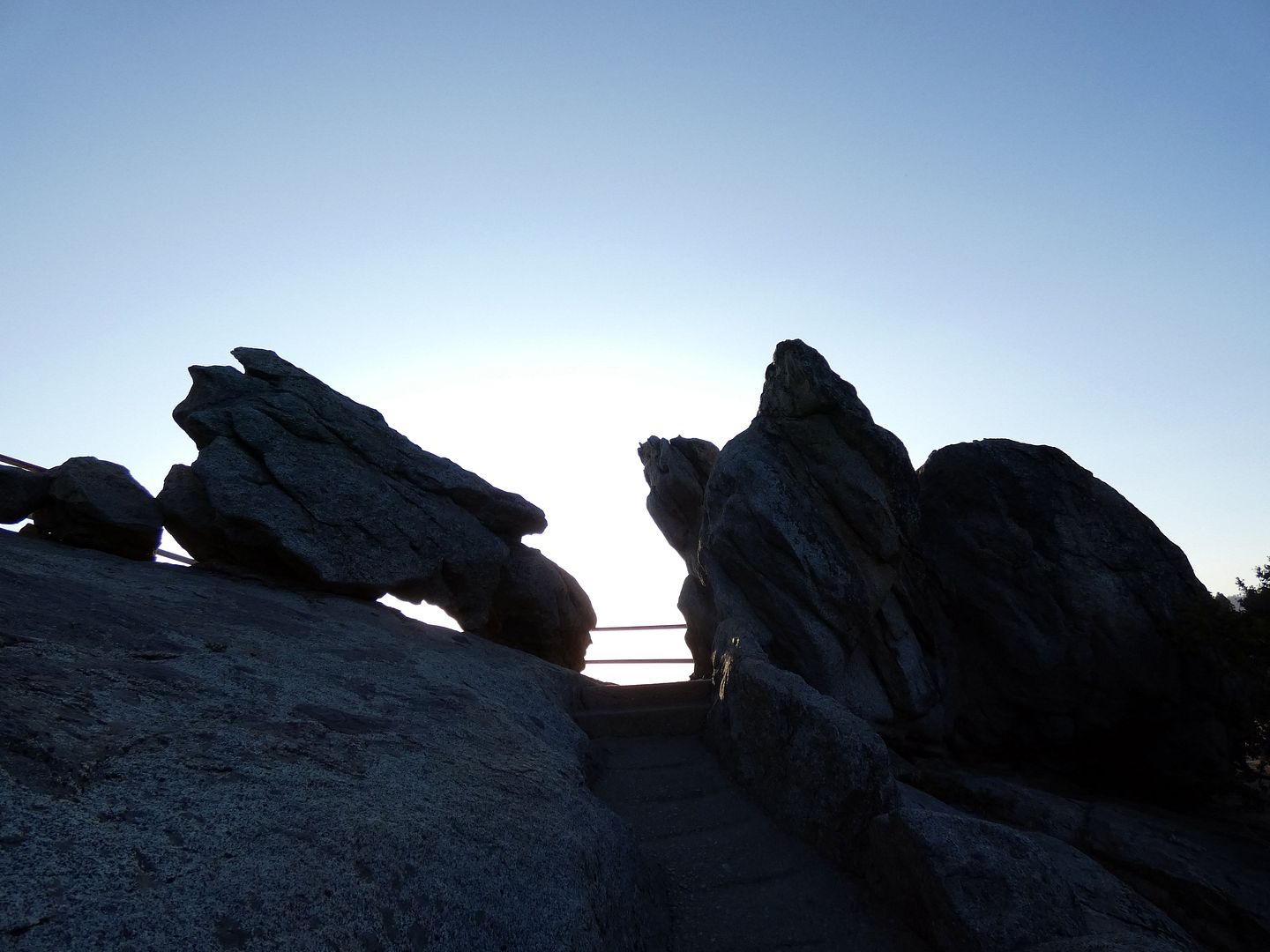
Or maybe it's because every time you think you're at the top and prepare to celebrate, there's still just a little ways more to go.
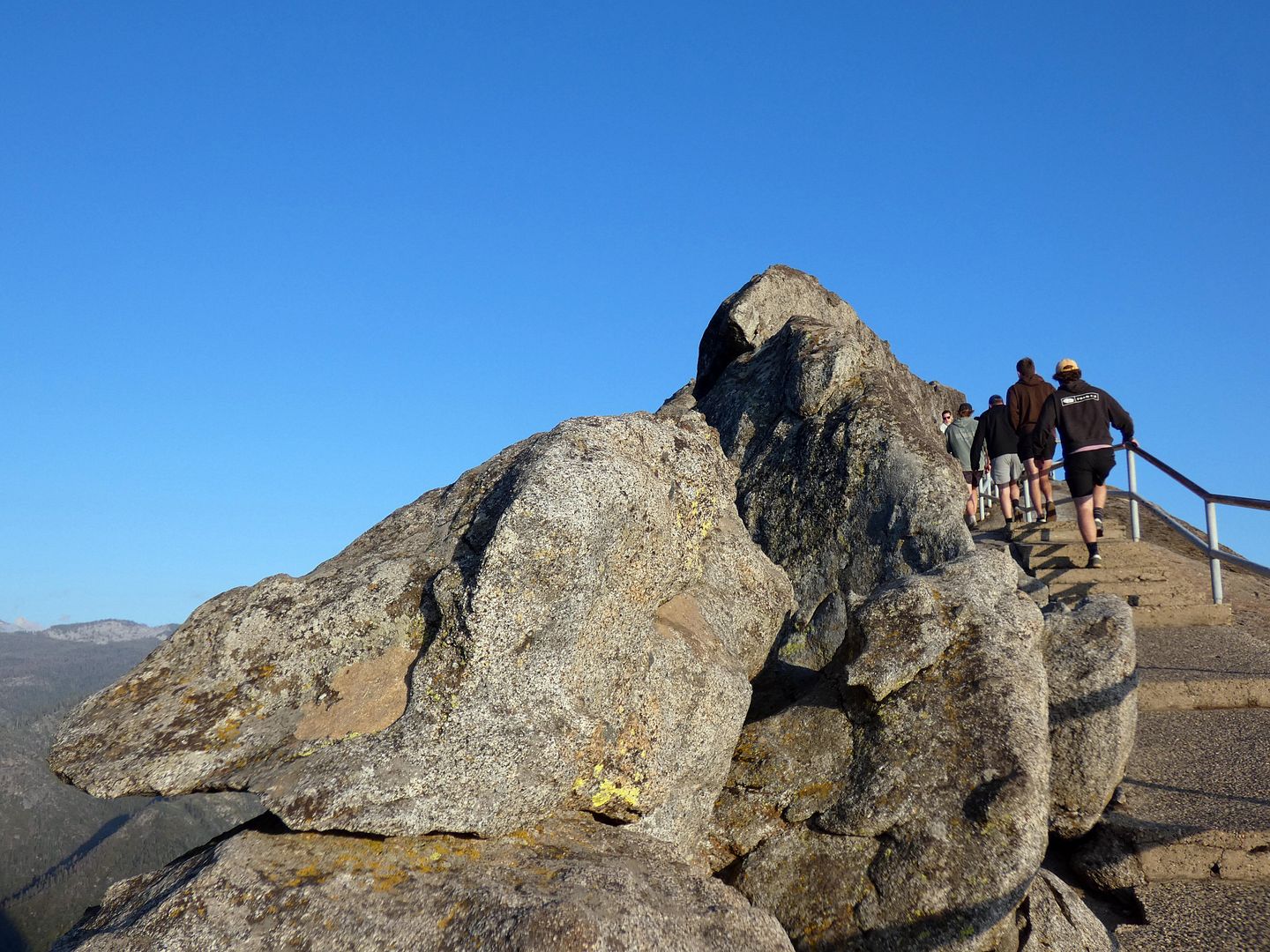
The thing about this hike is that it's not very long distance-wise; it's not a huge elevation gain (maybe 300 feet?); and it's not as tall as the surrounding mountains (6,726 feet of elevation at the peak).

It's crowded with people of all ages and nationalities. I saw small children whizz past me and retirees not take a breather. One guy had to walk with the aid of a knee crutch.
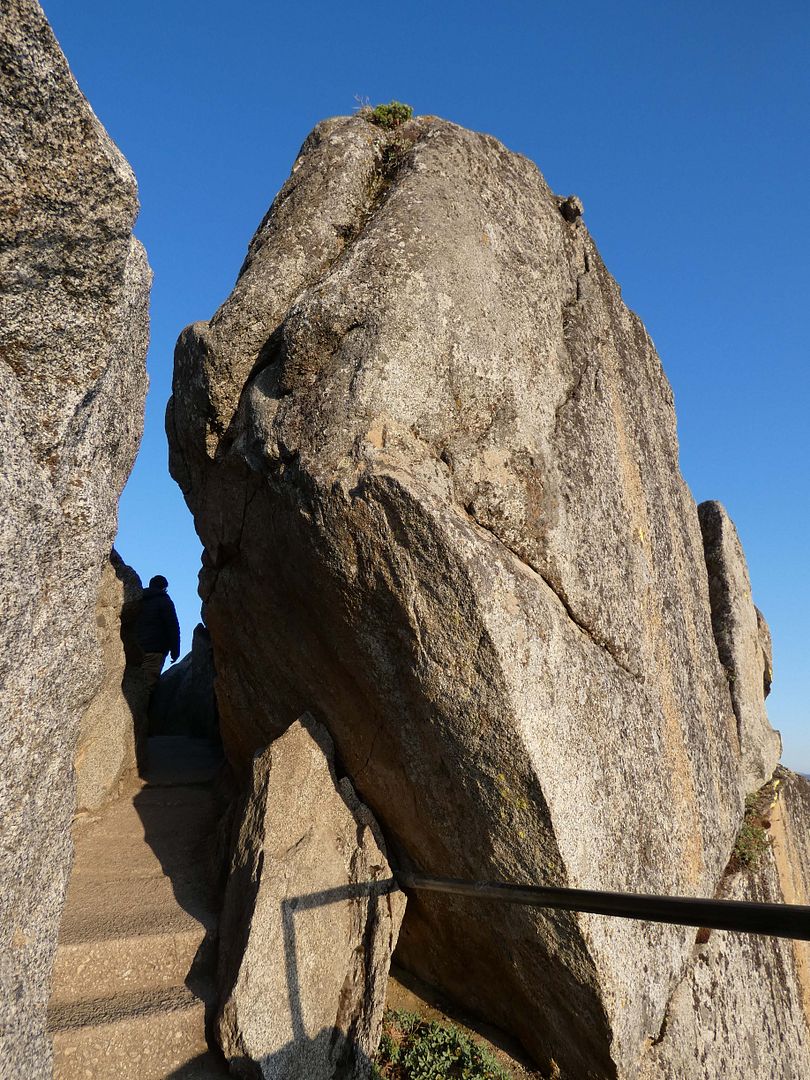
But it feels so daunting—with some spaces so narrow, I wasn't sure if I'd fit through them.
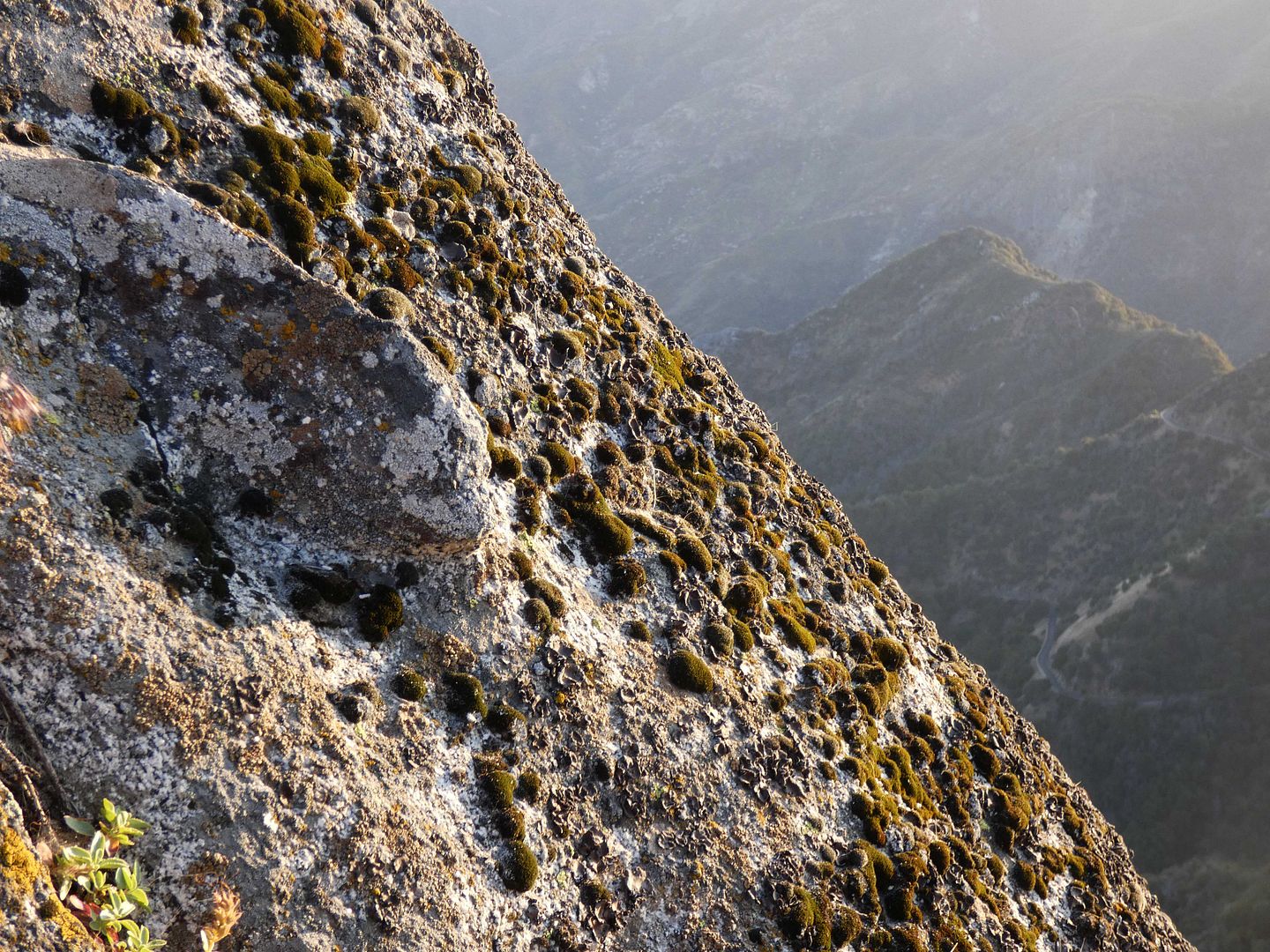
The higher I got, though, the more I smiled—at the scenery, at the company, at the coming night.
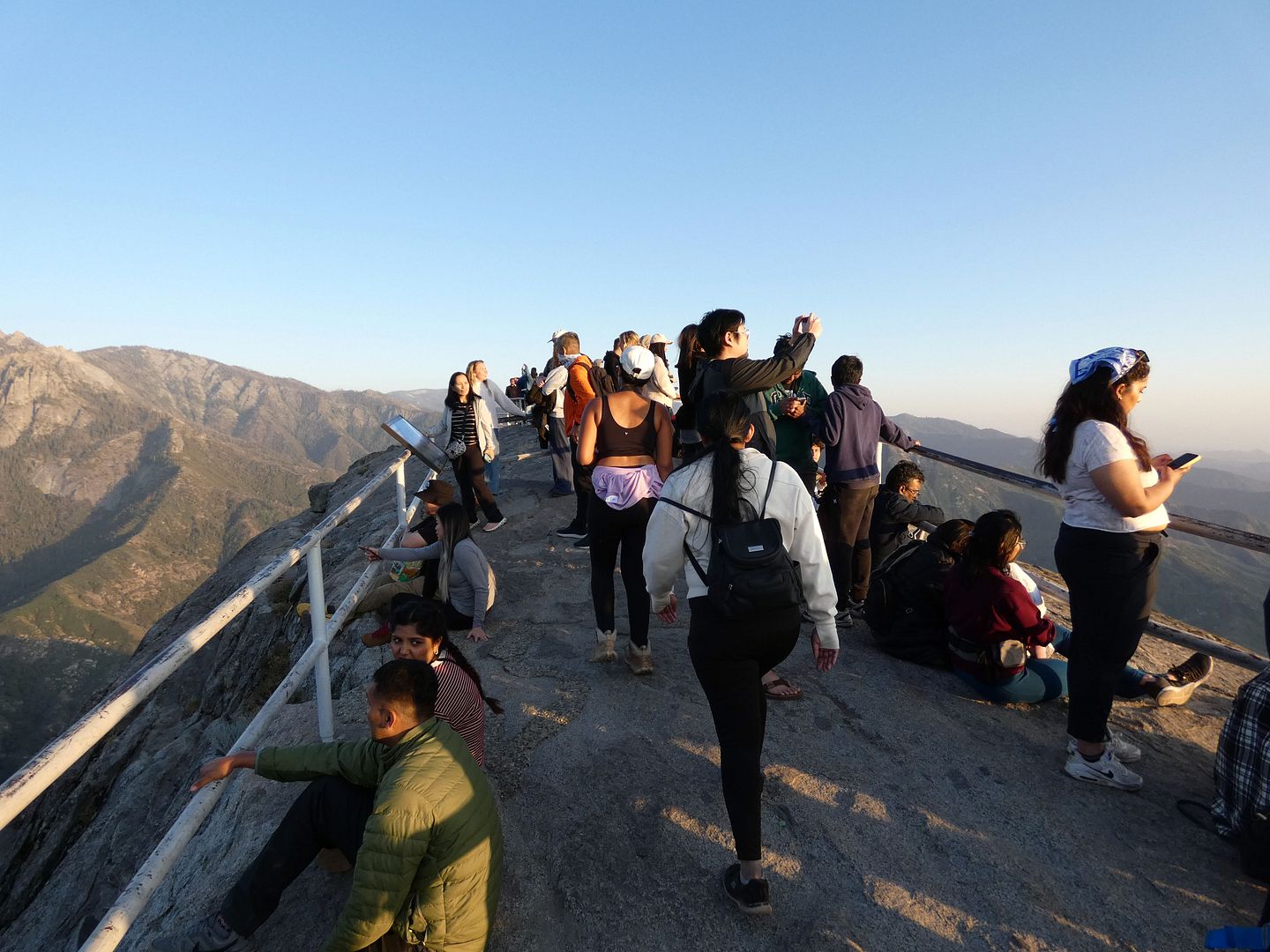
And in the end, I made it to the very top, to the 360° view, in time to enjoy the golden hour for just a few moments.
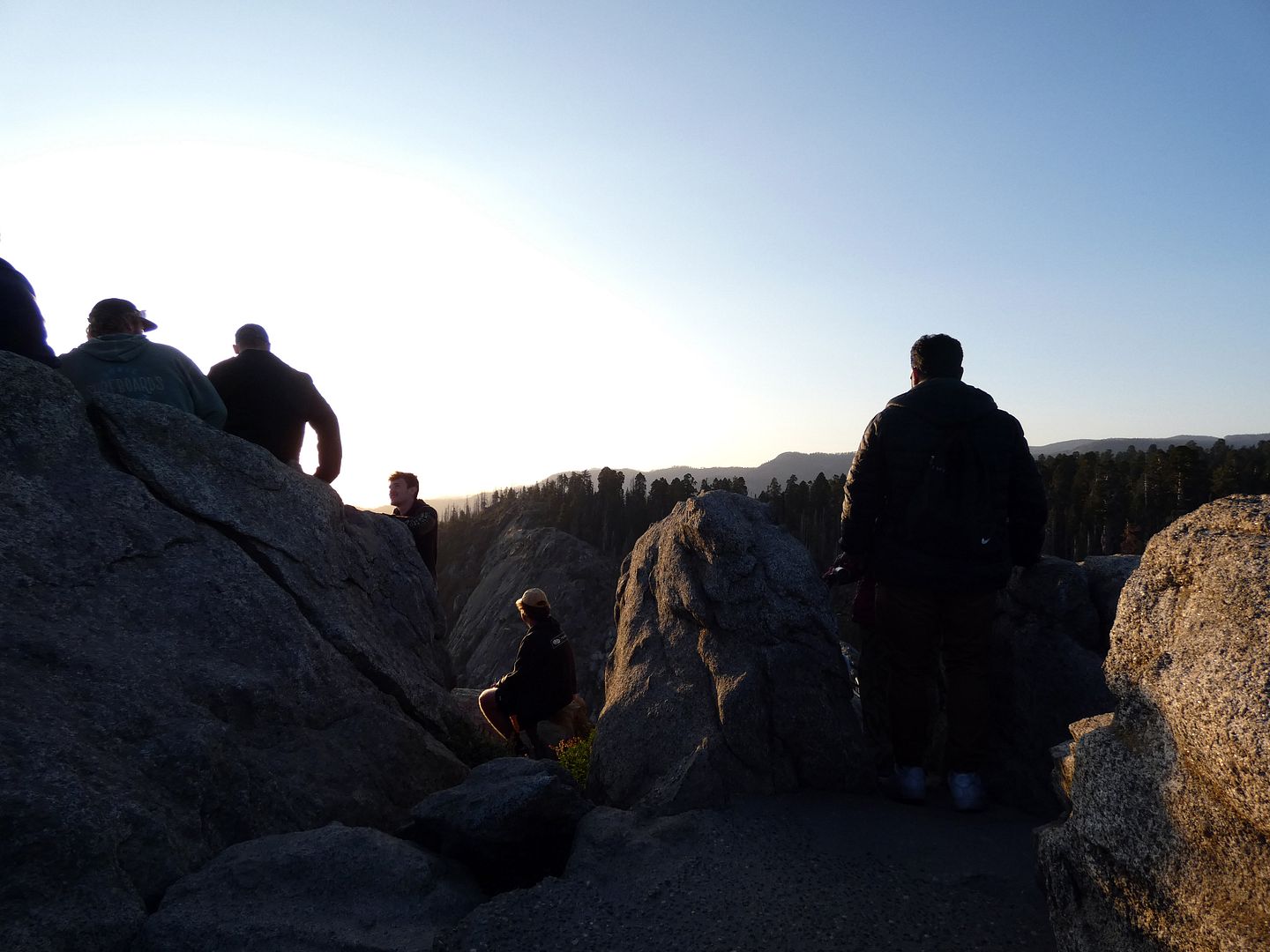
The rest of my group had already headed back down, though. And since I most certainly did not want to tackle the downward hike in the dark, I headed for my return after a very brief pause.
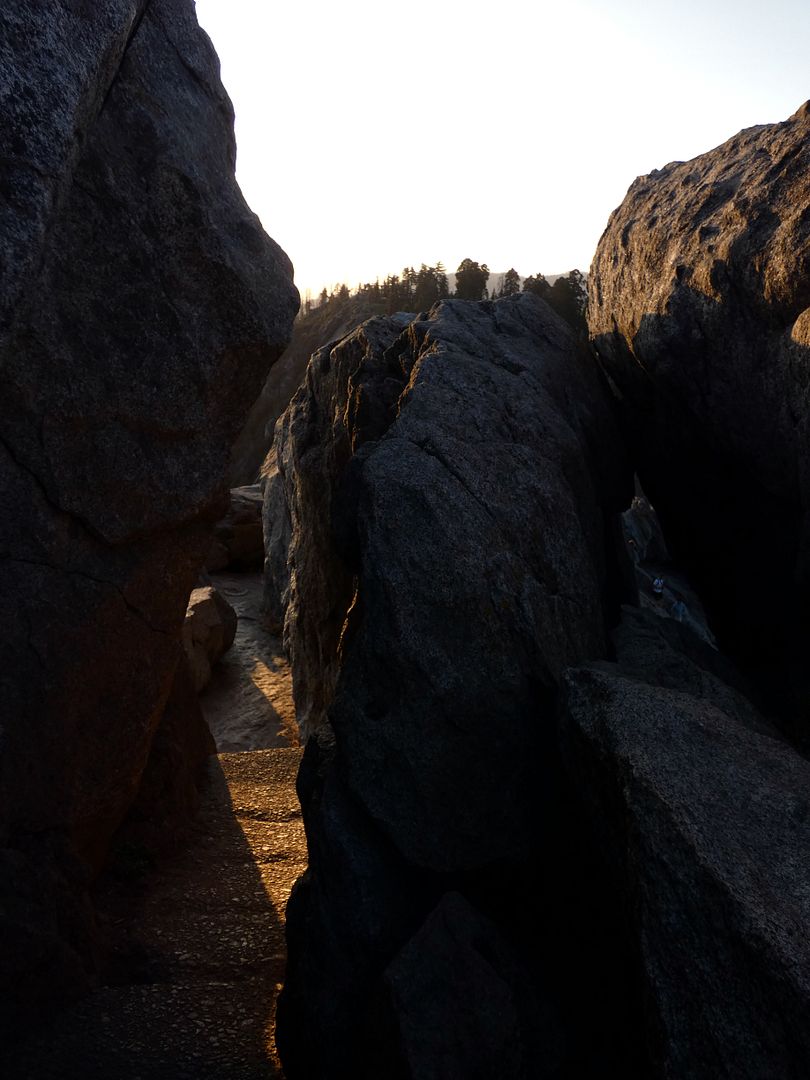
It was a nerve-wracking descent, as I clung onto granite handles for dear life while hikers passed me in both directions.
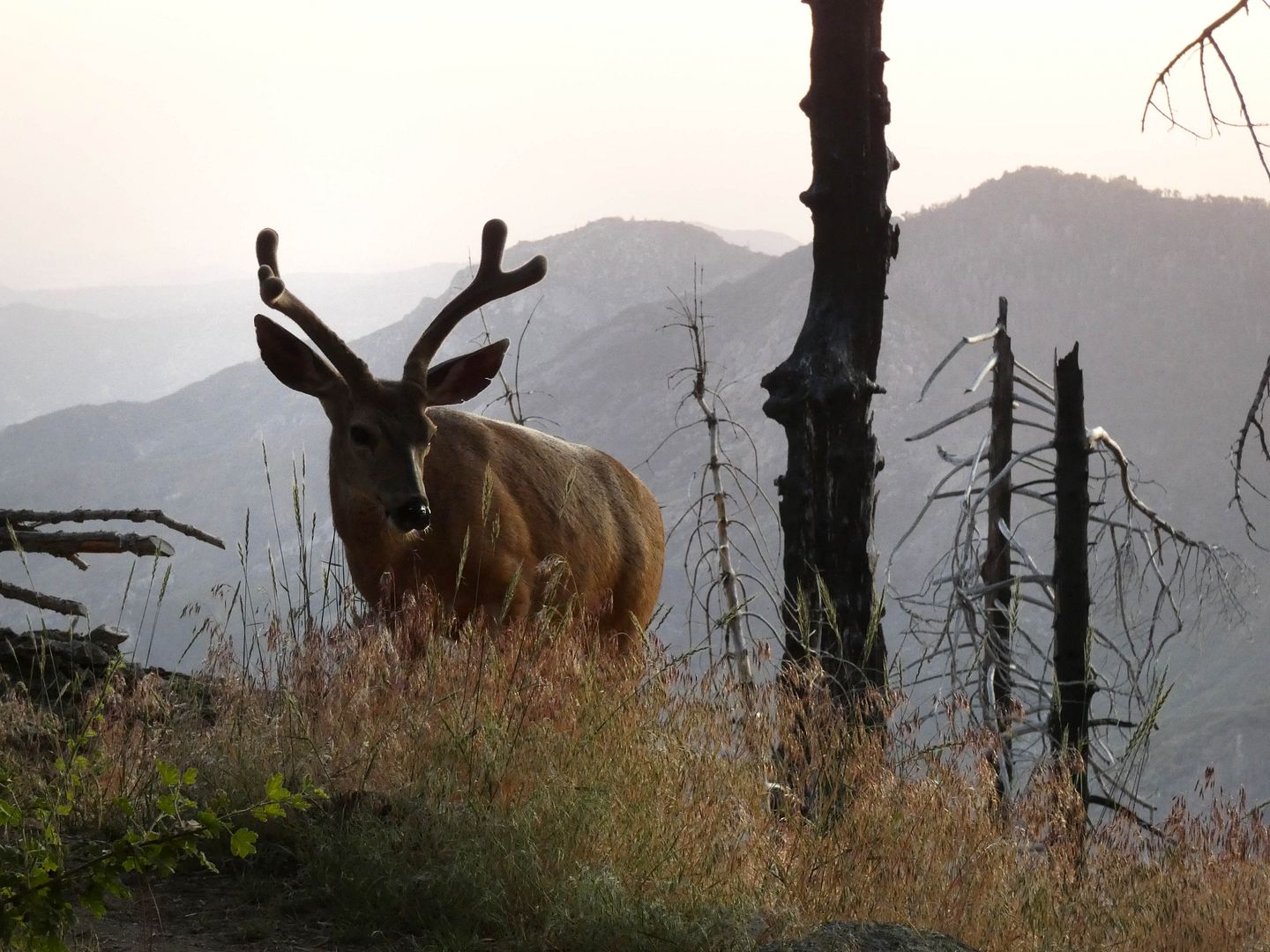
But I went as fast as I could, in a race against time, stopping only to admire a buck having a late-day snack by the bathrooms.
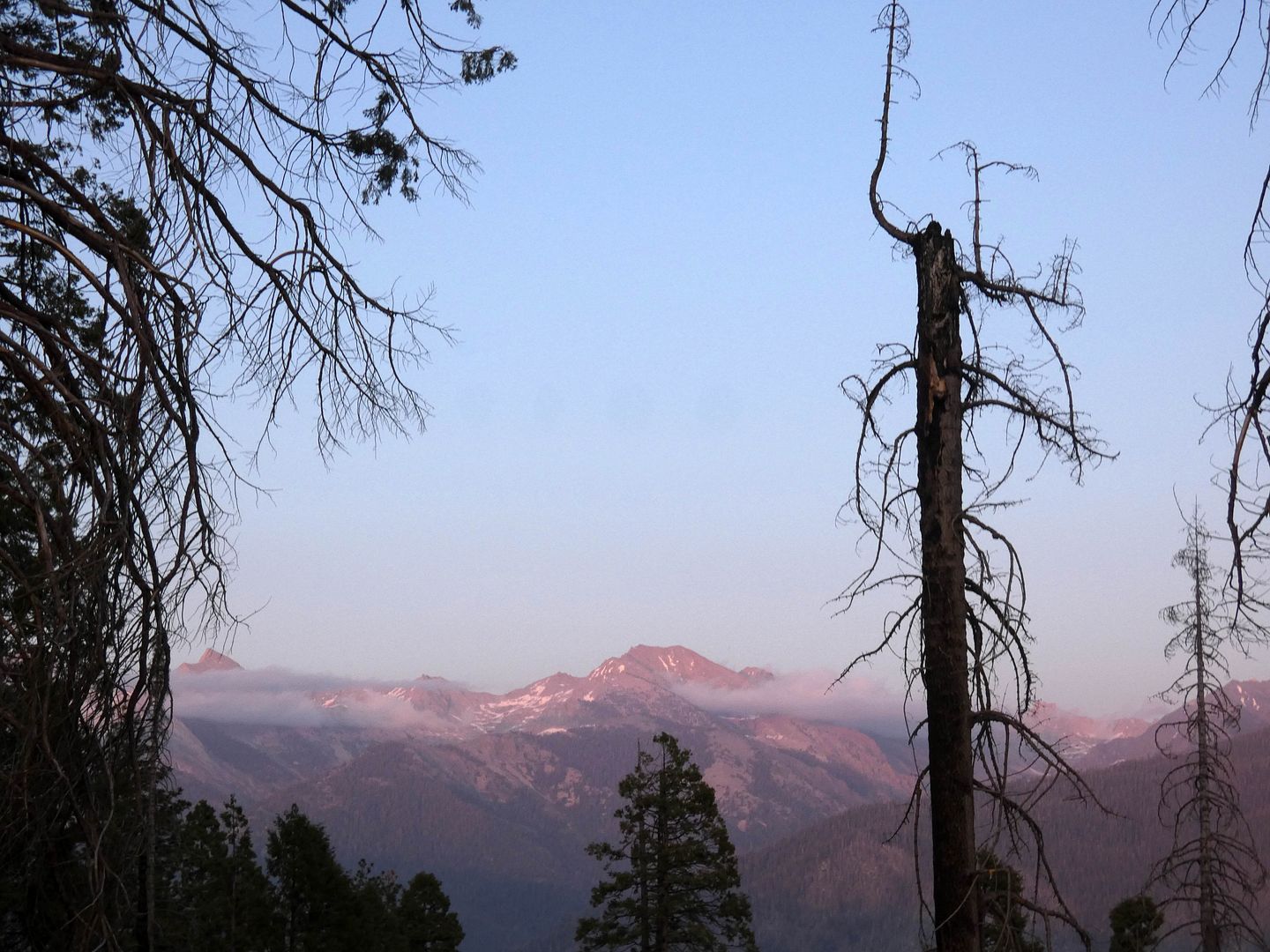
The Divide was turning pink behind the tree snags, stripped of their evergreen by a wildfire of years past.
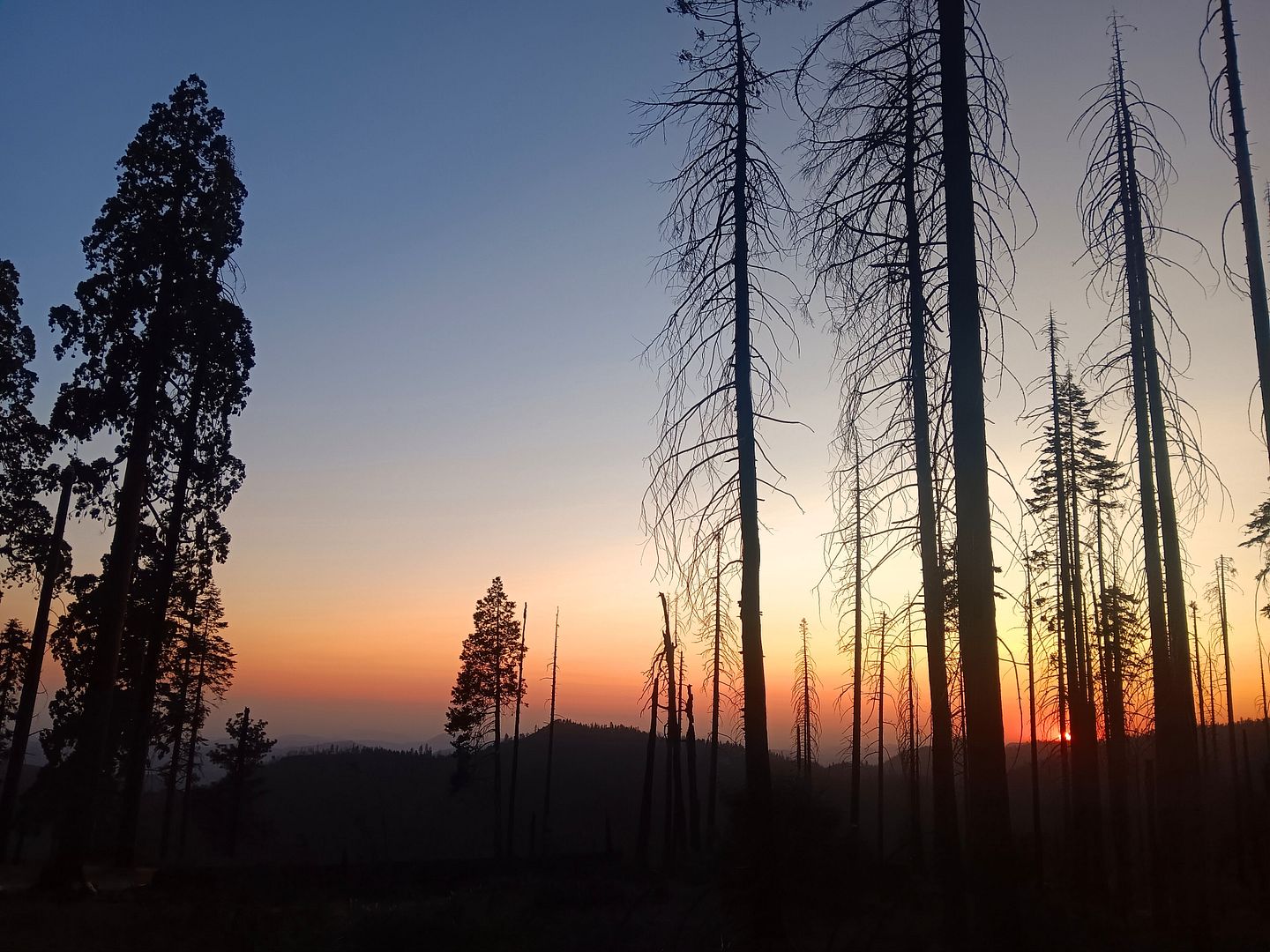
As we drove down Crescent Meadow Road—grateful that we'd waited for it to open to cars at 7 p.m., rather than hiking up it while it was closed—the horizon erupted into its own fiery glow of sundown.
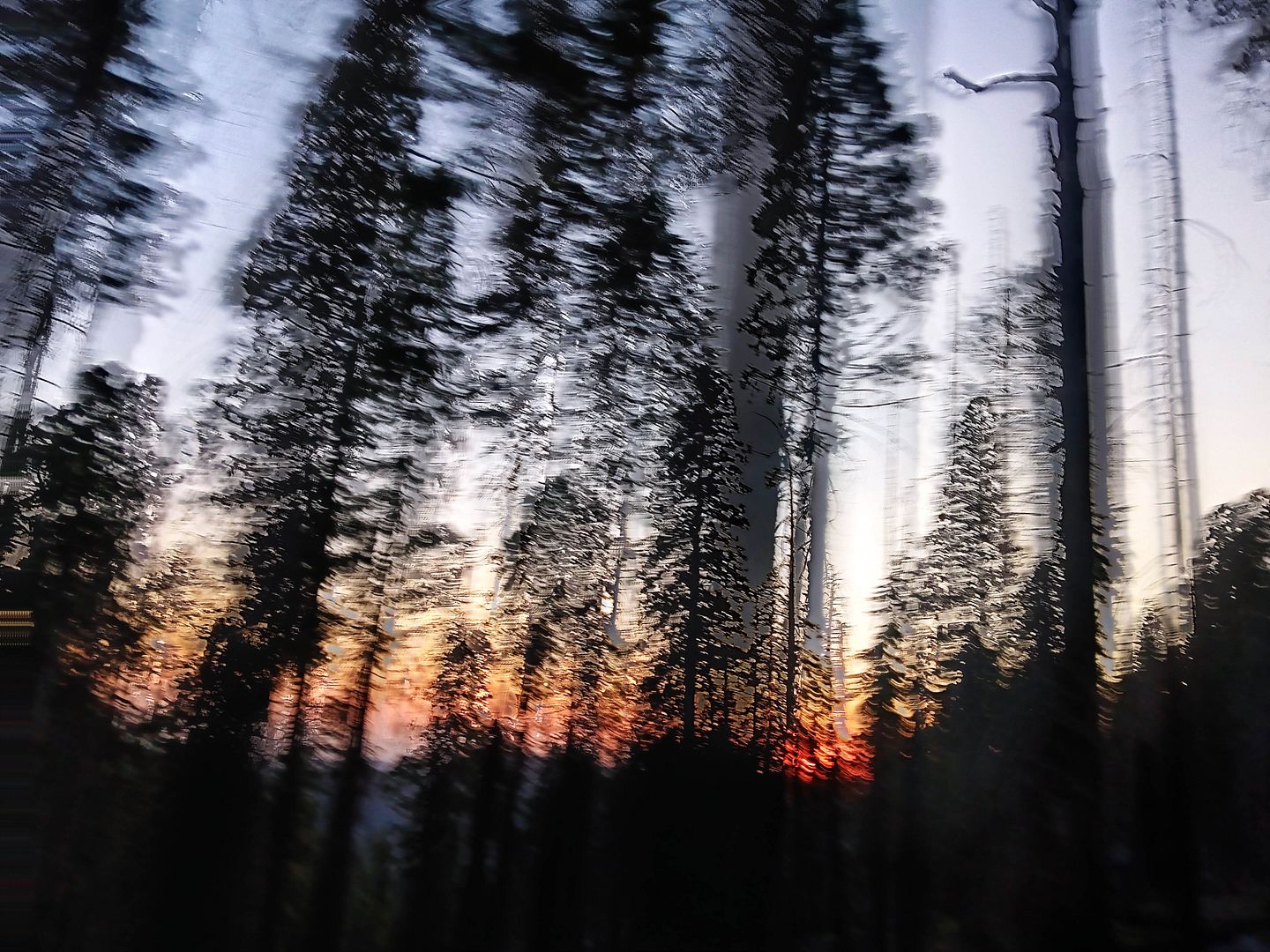
And the whole experience felt as though it were just a blur.

No comments:
Post a Comment